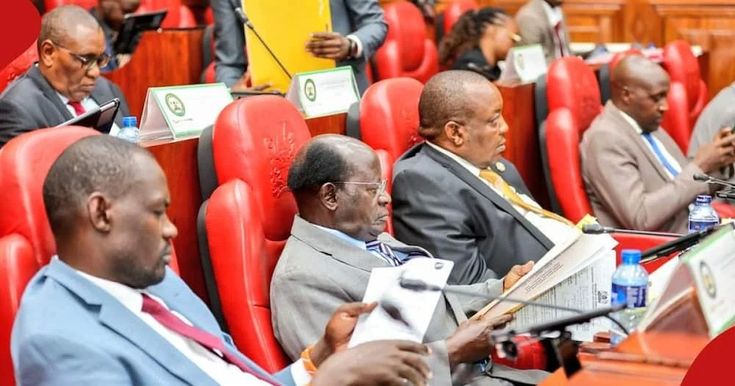On December 11, Kenyan President William Ruto enacted seven new laws, including two highly controversial financial reforms that have faced widespread public criticism.
The legislative package features the Tax Laws (Amendment) Bill and the Business Laws (Amendment) Bill, which replace the deeply unpopular Finance Bill 2024. The original proposal had triggered mass protests in June, resulting in the deaths of 22 civilians and the partial burning of Kenya’s Parliament.
These reforms align with Kenya’s Bottom-Up Economic Transformation Agenda, a five-year strategy launched in 2022 under the broader Vision 2030 framework. This initiative aims to transition Kenya into a competitive middle-income economy by the end of the decade.
The newly signed laws include:
- The Kenya Revenue Authority (Amendment) Bill 2024
- The Kenya Roads (Amendment) Bill
- The Ethics and Anti-Corruption Commission (Amendment) Bill
- The Business Laws (Amendment) Bill
- The Statutory Instruments (Amendment) Bill
- Alongside the two financial reform bills

President Ruto’s administration faces mounting challenges in its bid to implement fiscal reforms. With Kenya grappling with a significant national debt, the government has turned to tax increases to shore up revenues. However, economic hardship stemming from the Covid-19 pandemic and the global economic fallout of the Russian invasion of Ukraine has fueled widespread discontent, particularly among youth, who led this summer’s protests against the Finance Bill 2024.
Speaking to ALB in November, Cliffe Dekker Hofmeyr partner Alex Kanyi highlighted the tough choices facing Kenya: “The government has its deficits and budgets, which you expect to be supported through revenue collection or debts. You have loans maturing, and you are quite stretched in terms of where you can get your money.” He added, “It’s basically taxes or debt.”
Adding to the government’s woes, a proposed privatization program aimed at generating revenue from state-owned entities was blocked by Kenya’s High Court in November, further limiting financial options.
This version maintains the factual content but enhances readability, coherence, and overall style. Let me know if you’d like further adjustments!


